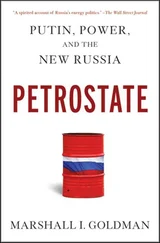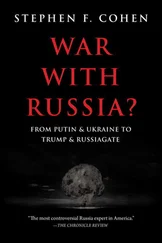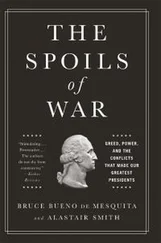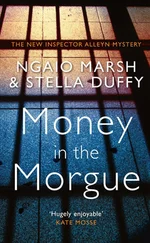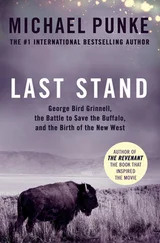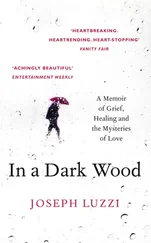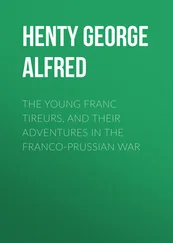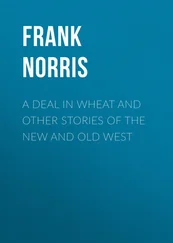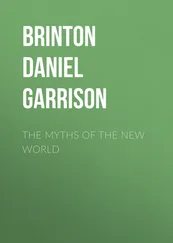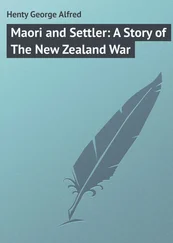Yet despite these differences, there were deeper continuities between the Russia of Yeltsin and that of Putin. Politically, the system that prevailed in the 2000s was not a perversion of Yeltsinism but its maturation. Lauded in the West as the architect of democracy in Russia, Yeltsin showed little respect for its principles in practice. In October 1993, faced with a fractious legislature – the Congress of People’s Deputies elected in 1990 – he sent tanks to shell it into submission, and then rewrote the constitution, increasing the president’s powers exponentially; the changes were approved by a rigged referendum in December. Even before that, he had sidestepped democratic accountability by implementing much of the key legislation that shaped the post-Soviet economy through a series of decrees; some of them, notably on privatization, were drafted by Western advisers. In Chechnya, Yeltsin moved to crush local aspirations to sovereignty, unleashing total war against the civilian population in 1994.
On each of these fronts, Putin continued what Yeltsin had begun. Yeltsin had put the national legislature in its place in 1993, but in the wake of the 1998 rouble crisis the Duma had again showed signs of rebellion. Putin brought it firmly back under control, streamlining the party system so that by 2007 there were only three parties to manage besides the ruling United Russia. One of them, A Just Russia, was the Kremlin’s own confection, set up in 2006 to siphon votes from the Communist Party (KPRF). There was hardly any need, though, since the KPRF and the nationalist LDPR (the wildly misnamed Liberal Democratic Party of Russia) didn’t constitute much of an opposition: on most significant issues they rubber-stamped the government’s legislation. In December 2003, Boris Gryzlov, the Duma chairman, summed up the legislature’s negligible role by declaring, ‘Parliament is not a platform for political battles.’ {13} 13 Gryzlov’s aphorism has become proverbial in a slightly different form – ‘Parliament is no place for discussions.’ For his original wording, see ‘Boris Gryzlov izbran spikerom Gosdumy chetvertogo sozyva’, Leningradskaia pravda , 29 December 2003.
Having reined in regional elites by appointing plenipotentiaries over their heads, in 2004 Putin further restricted their autonomy by abolishing elections for governors and mayors (though these were partially reintroduced in 2012).
The waging of war in Chechnya was central to Putin’s rise, not only boosting his image early on, but also creating a diffuse sense of threat that served to rally public opinion around the leader. But here again, Putin was following in Yeltsin’s footsteps, having digested the lessons of the First Chechen War. Russia’s second invasion was still more ruthless than the first, levelling what was left of Grozny. Putin had also noted the vital role played by the media in sustaining opposition to the first conflict. This time, journalists trying to report from the war zone were effectively shackled, forced to embed with the Russian Army or else fend for themselves in the firestorm. The few brave reporters who chose the second, independent path – Anna Politkovskaia, Andrei Babitsky – were confined to marginal media outlets.
The contrasts between the 1990s and the 2000s may appear more obvious in the realm of economic policy. Where Yeltsin implemented a radical programme of market reforms and mass privatization, seeking to dismantle forever the state socialist system, Putin seemingly moved to expand the state’s role. In the Western press, the dismemberment of the oil company Yukos and the incarceration of its oligarch proprietor, Mikhail Khodorkovsky, in 2003 were seen as a major turning point, signs of a creeping renationalization of the economy. By 2004, Putin appointees were in charge of nine companies with assets worth 40 per cent of Russia’s GDP – a phenomenon seen as evidence of a turn away from free-market capitalism back toward a statist model.
But this picture, too, changes on closer inspection. Putin’s rule has been driven throughout by two parallel impulses, one rooted in neoliberal principles and the other in a strategic statism. Putin’s first administration, from 2000 to 2004, was perhaps his most energetically neoliberal, introducing a series of measures designed to extend the reach of private capital: in 2001, a flat income tax set at 13 per cent; in 2002, a labour code scaling back workers’ rights; tax cuts for businesses in 2002 and 2003. These moves were widely applauded in the West at the time: the right-wing Heritage Foundation praised ‘Russia’s flat tax miracle’, while Thomas Friedman gushed about Russia’s embrace of ‘this capitalist thing’, urging readers of the New York Times to ‘keep rootin’ for Putin’. {14} 14 Daniel Mitchell, ‘Russia’s Flat Tax Miracle’, Heritage Foundation website, 24 March 2003; Thomas Friedman, ‘Russia’s Last Line’, New York Times , 23 December 2001.
His second presidency, too, was marked by moves to increase the private sector’s role in education, health and housing, and by the conversion of several in-kind social benefits to cash payments – a ‘monetization’ that prompted popular protests in the winter of 2004–05, but which was carried through in modified form all the same.
Alongside this liberalizing thrust, however, there was a push by the state to regain control of the ‘commanding heights’ of the economy. This primarily meant control over natural resources for export, in particular oil and gas. State dominance of the energy sector is not in itself out of the ordinary: majority state ownership is in fact the global norm, and when Putin came to power, Russia was one of very few oil-producing states where production was largely in private hands. {15} 15 The best picture of the post-Soviet oil industry is Thane Gustafson, Wheel of Fortune: The Battle for Oil and Power in Russia , Cambridge, MA 2012.
Before entering the Kremlin, Putin had expressed a commitment to the idea that the state should play a decisive role in strategic sectors. In 1997, he obtained a doctorate in Russian economic policy and natural resources from the St Petersburg Mining Institute. Chunks of his thesis seem to have been lifted from the work of two US academics, and it’s likely Putin didn’t write the rest of it either. But its theme was clearly close to his concerns, and a 1999 article on the same subject published under Putin’s name argues that the Russian state should assist in the creation of strong, vertically integrated corporations capable of competing with Western firms. {16} 16 Myers, New Tsar , pp. 114–15. The thesis and the 1999 article are lucidly analysed by Harley Balzer in ‘The Putin Thesis and Russian Energy Policy’, Post-Soviet Affairs , vol. 21, no. 3, 2005, pp. 210–25.
Yet even here he insists on a combination of state intervention and market mechanisms. In other words, the statism for which Putin has often been condemned in the Western financial press has always been of a relative, targeted kind.
It’s important to bear in mind, too, that the ‘statist’ component of Putin’s economic policies didn’t always require actual state ownership. Even as it was handing pieces of Khodorkovsky’s Yukos to Rosneft, the Putin government was busy privatizing other major assets: in 2002 it sold off the oil company Slavneft, and in 2004 divested itself of its remaining stake in Lukoil, which went to ConocoPhillips. {17} 17 See Andrew Barnes, Owning Russia: The Struggle over Factories, Farms, and Power , Ithaca, NY 2006, p. 218.
What’s more, even state behemoths like Rosneft and Gazprom are organized like private companies, geared primarily to pay dividends to shareholders – of which the state is simply the largest. There has been little to distinguish the behaviour of many state companies in Russia from that of privately owned ones; the apparent statism of the Putin era is in that sense far removed from the thinking of Soviet economic planners.
Читать дальше

